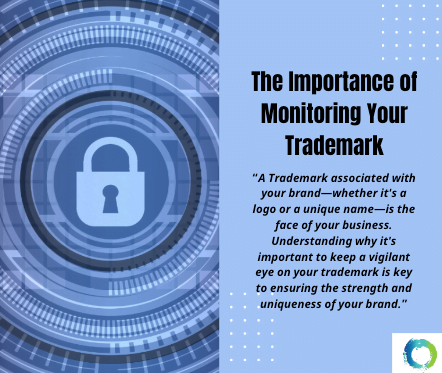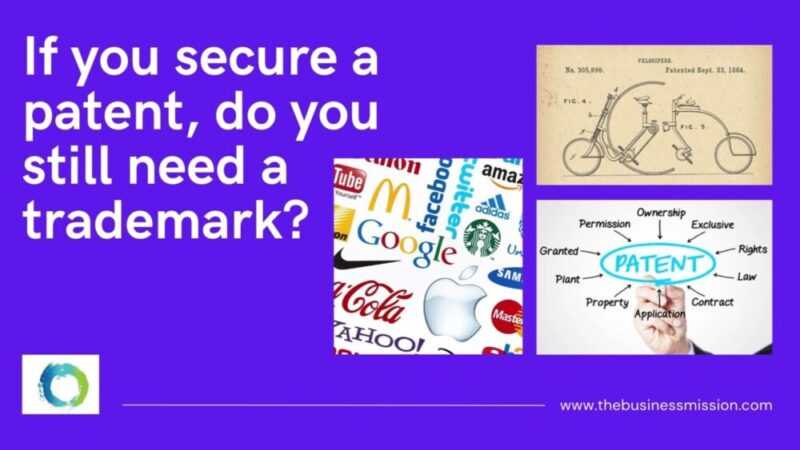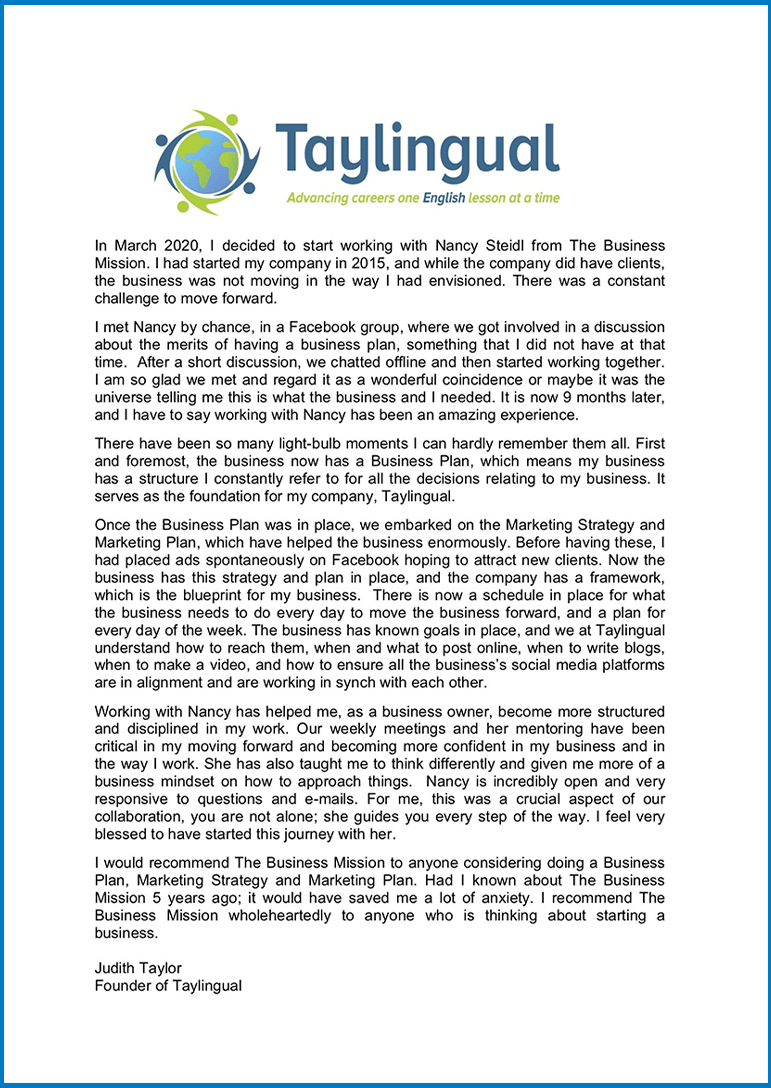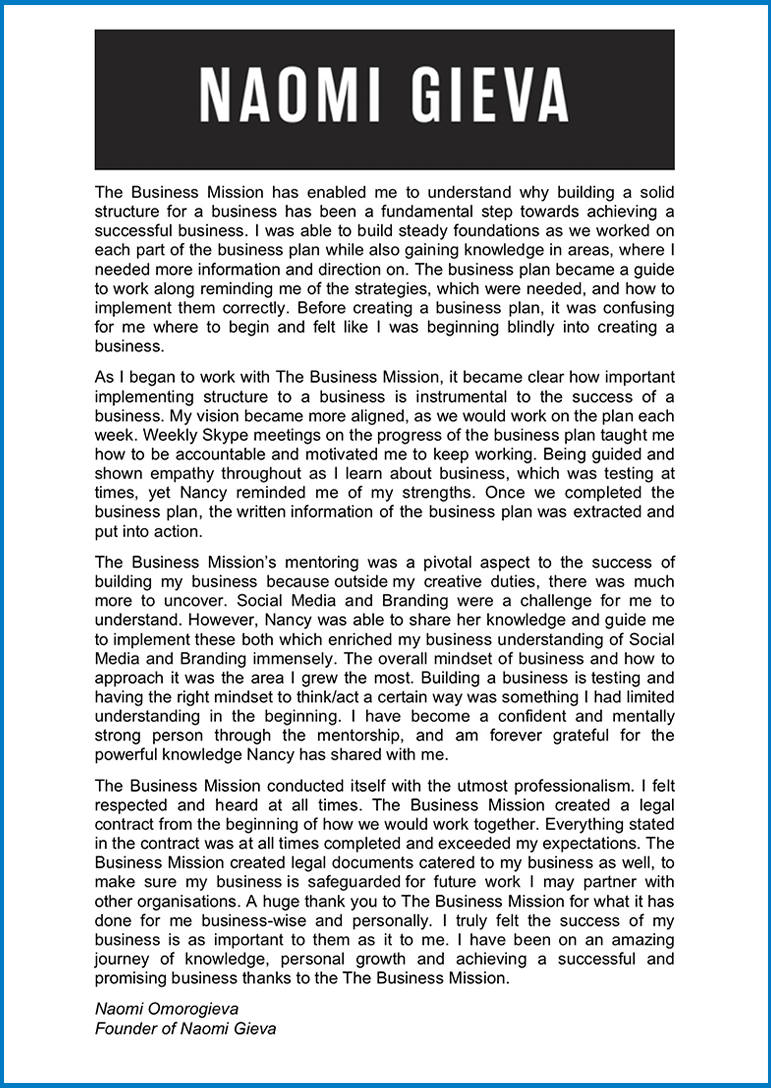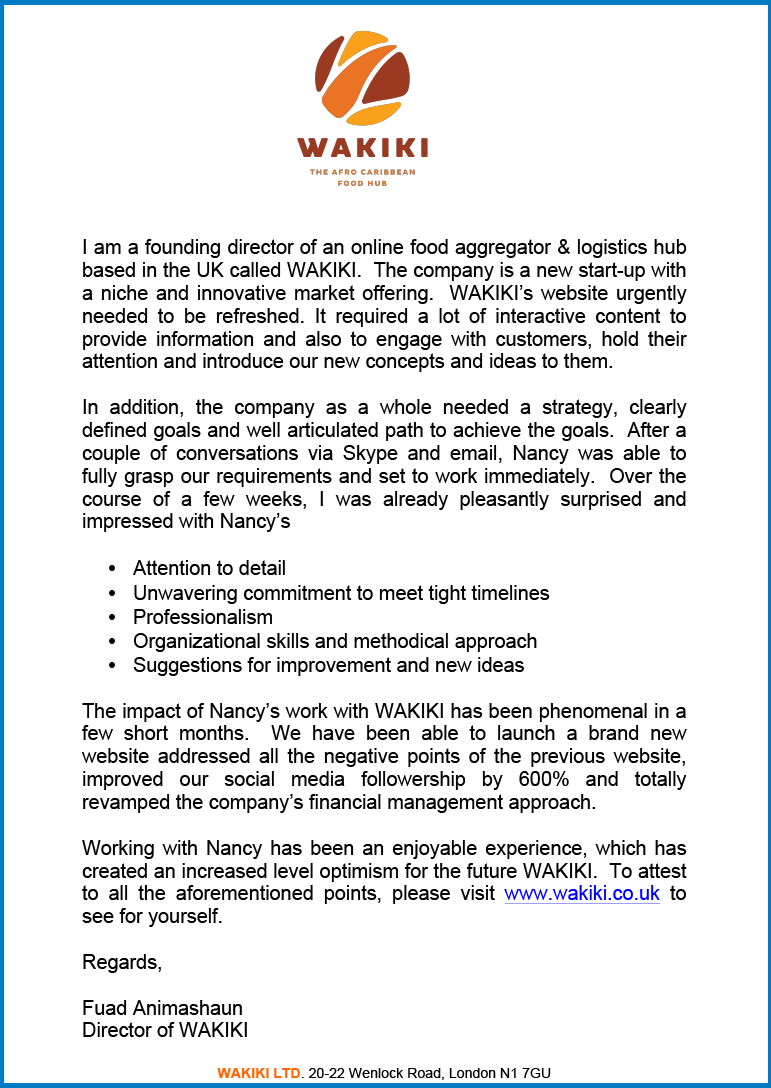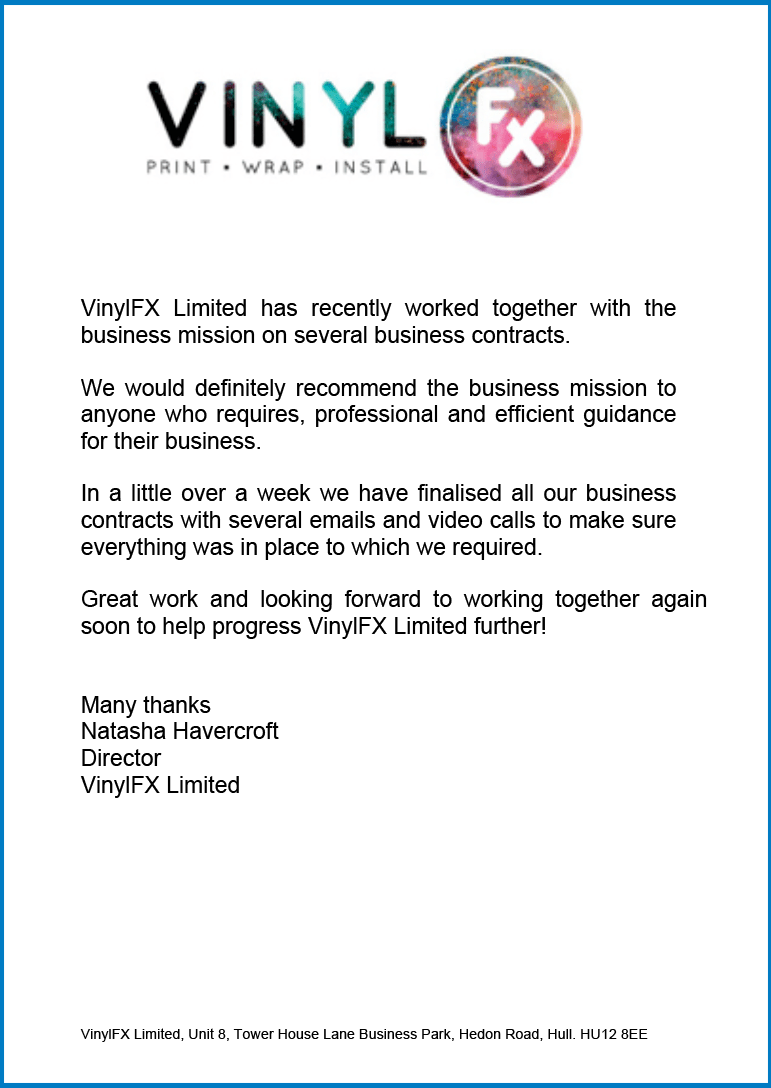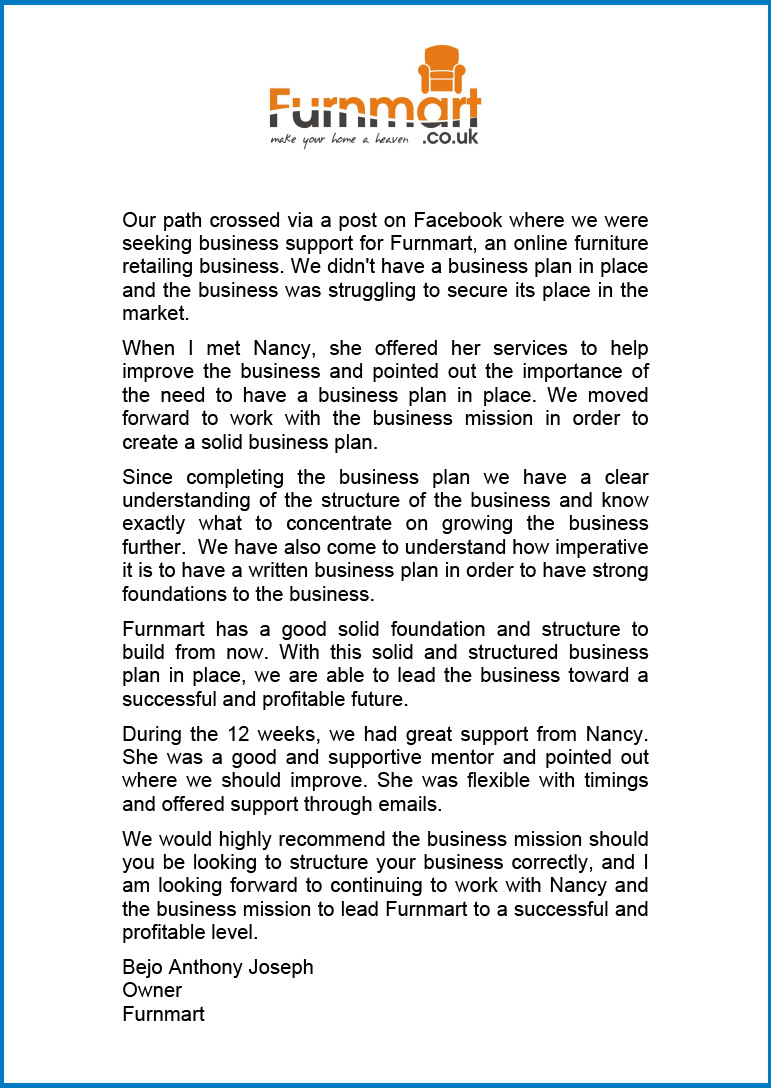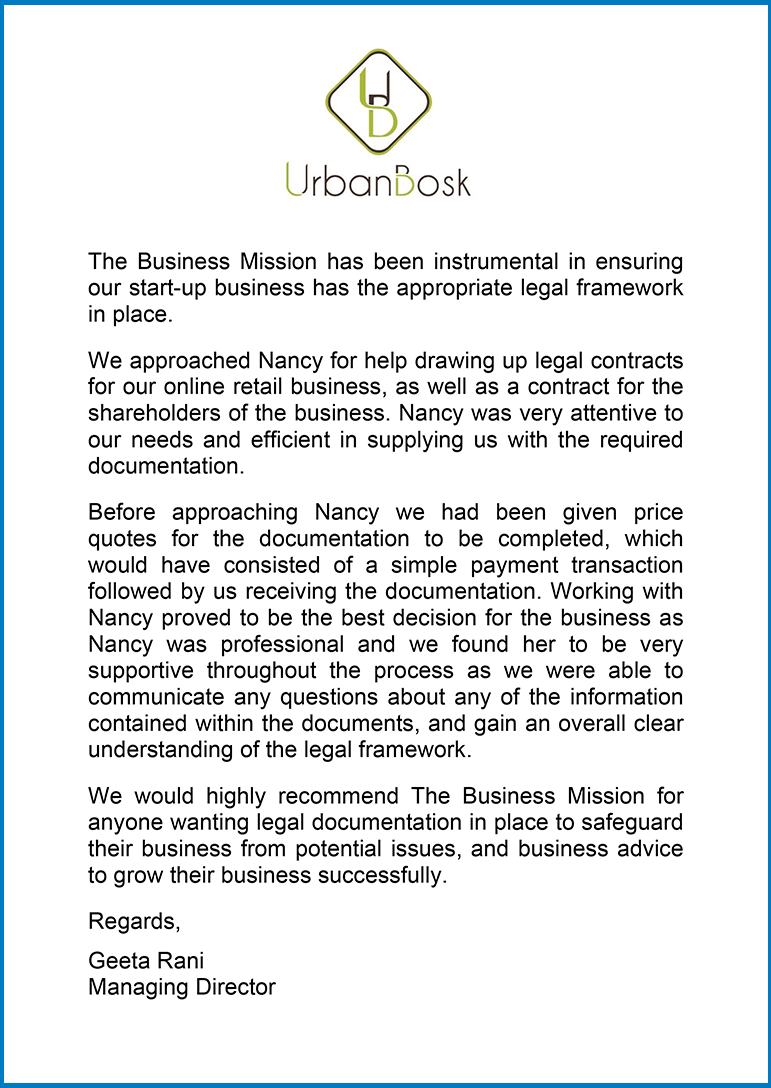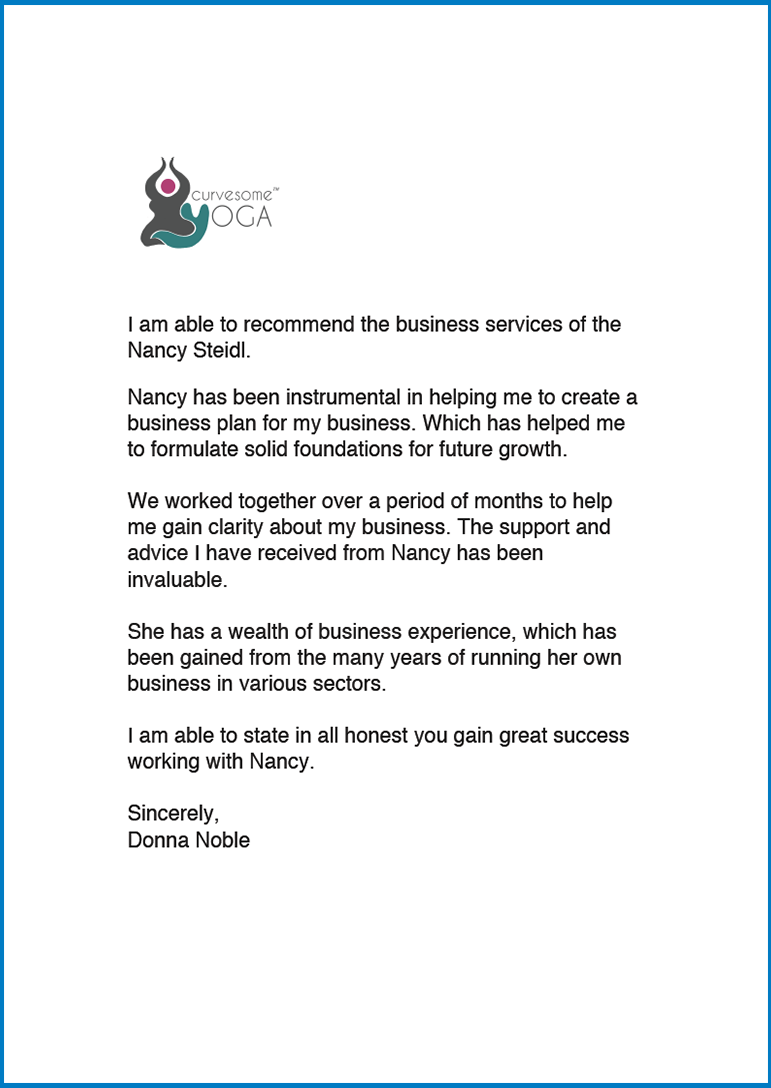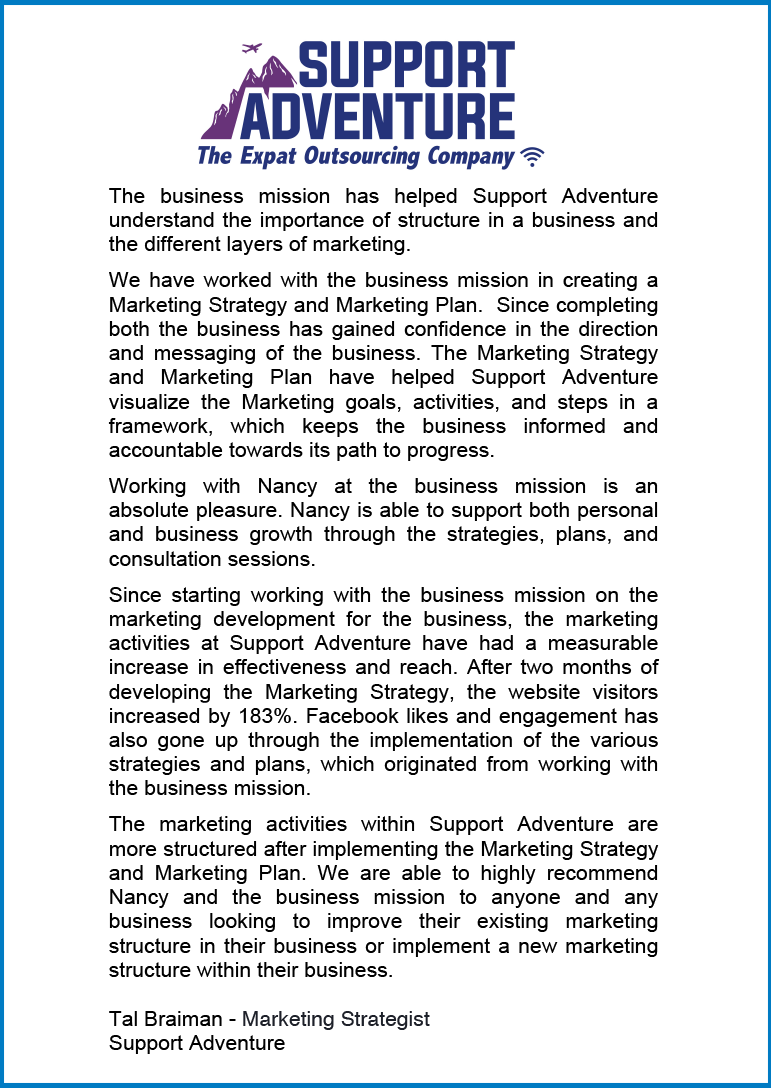The straightforward answer is yes!
A patent and a trademark are two different types of intellectual property protection. A patent protects an invention, while a trademark protects a brand or logo. Therefore, if you secure a patent, you still need to register a trademark to protect your brand or logo if you use the patent in the public domain.
Let’s dive into what is a patent and what is a trademark….
So, what is a patent?
A patent is a form of intellectual property that grants its owner exclusive rights to a product, process, or invention. Patents are typically granted by a government agency, Patent and Trademark Offices. The patent holder has the right to prevent others from making, using, or selling the invention without their permission. Patents are typically granted for a period of 20 years, after which the invention is considered to be in the public domain. Patents are a form of legal protection that encourages innovation by providing inventors with a financial incentive to develop new products and processes. Patents can also be used to protect trade secrets, such as formulas or recipes. By granting exclusive rights to an invention, patents can help to ensure that inventors are rewarded for their hard work and creativity.
And, what is a trademark?
A trademark is a recognizable sign, design, or expression which identifies products or services of a particular source from those of others. It is typically a name, word, phrase, logo, symbol, design, image, or a combination of these elements. Trademarks are used to protect the brand identity of products and services and to prevent others from using the same or similar marks. Trademarks can be registered with the local, state, or federal government, and are generally valid for a period of 10 years. The registration of a trademark provides the owner with exclusive rights to use the mark in connection with the goods or services for which it is registered. In addition, the trademark owner can prevent others from using the mark in a way that is likely to cause confusion among consumers.
So, why does a Patent need a Trademark?
Patents and trademarks are both important forms of IP protection for businesses. As mentioned above, patents protect inventions and provide inventors with exclusive rights to their inventions for a limited period of time. This exclusive right allows inventors to prevent others from making, using, selling, or importing the invention without their permission. By protecting inventions, patents encourage innovation and help inventors to recoup their investments in research and development.
Patents provide a patentee with exclusive rights to make, use, and sell an invention for a limited period of time. However, a patent does not protect the product or service itself. A patent only protects the invention itself, not the product or service that is created from the invention. A patent does not protect the name of the product or service, the logo, the slogan, or any other identifying feature associated with the product or service.
Trademarks, on the other hand, provide protection for the product or service itself. A trademark can be used to protect the name of a product or service, the logo, the slogan, or any other identifying feature associated with the product or service. This protection is important for a patent because it ensures that the product or service is not confused with similar products or services from other companies.
Trademarks provide a patentee with a way to monetize their product or service. A trademark can be licensed to other companies, allowing the patentee to receive royalties for the use of their trademark. This can be an important source of revenue for a patentee and can help to offset the costs associated with obtaining and maintaining a patent.
Trademarks offer a patentee a way to protect their product or service from infringement. If another company uses a trademark that is similar to the patentee’s trademark, the patentee can take legal action to stop the infringement. This legal action can be used to protect the patentee’s investment in the product or service.
A recent case we dealt with involved a patentee who did not have a trademark. The patentee had developed a new product and obtained a patent for it. The patentee then began marketing the product and selling it to the public. However, the patentee did not register a trademark for the product.
The patentee was then sued by a competitor who had developed a similar product. The competitor argued that the patentee had infringed on their trademark rights. The competitor argued that since the patentee had not registered a trademark for the product, they had not adequately protected their intellectual property rights.
The court agreed with the competitor and found that the patentee had not adequately protected their intellectual property rights. The court noted that a trademark is an important form of protection for intellectual property and that the patentee had failed to register a trademark for the product. The court also noted that the patentee had not taken any steps to prevent others from using the product or from making similar products.
The court then ordered the patentee to pay damages to the competitor for infringing on their trademark rights. The court also ordered the patentee to cease using the product and to register a trademark for the product.
The court’s decision, in this case, serves as an important reminder to patentees that they must take steps to protect their intellectual property rights. This includes registering a trademark for their product or services. By registering a trademark, a patentee can ensure that their intellectual property rights are adequately protected and that they are not infringing on the rights of others.
In conclusion, a business may choose to protect both its inventions and its brands with both a patent and a trademark. For example, a business may choose to patent a new invention and then register a trademark for the name of the invention. This can help to ensure that the business has exclusive rights to both the invention and the brand associated with it.
For further trademarking and patent interest, leave free to contact us by clicking here




